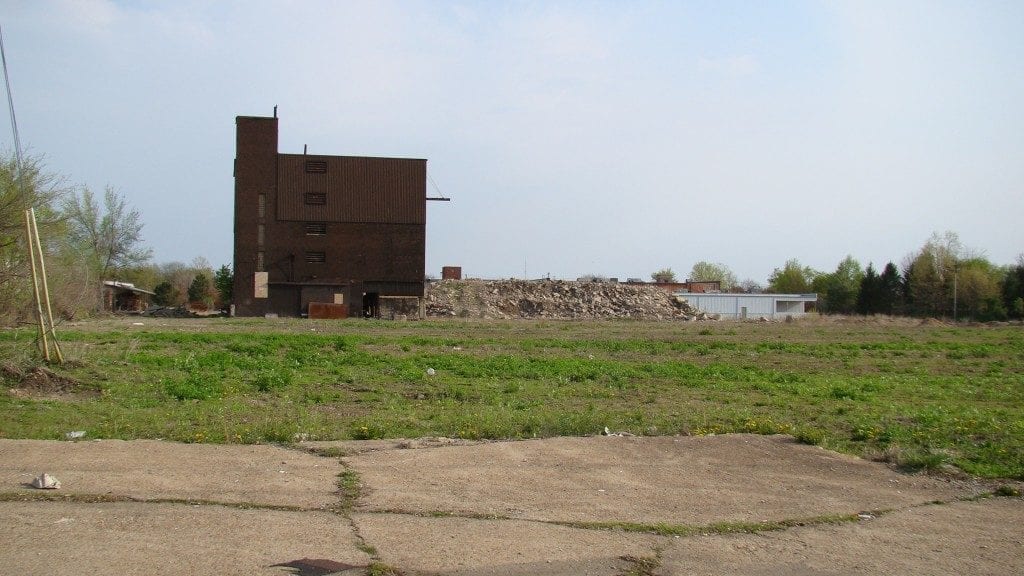Brownfields can be an enticing option for developers in high-demand areas, thanks to lower purchase prices and government incentives for development. However, they do come with their own potential pitfalls and complications, which can cause massive headaches for developers.
Here’s what you need to know in order to make the most of brownfield opportunities, while avoiding the largest risks.
What Is a Brownfield Site
A common misconception is that brownfields are always contaminated sites. While contamination is often present on brownfield sites, it is not always. A brownfield is simply a piece of property that has been declared a “brownfield” by its municipality, usually due to its location in an industrial area with a high probability of contamination.
Cities, states, and other municipalities often designate entire regions as “brownfields” in order to attract development to the area. The “brownfield” designation automatically makes the site eligible for government and tax incentives, skipping the usual expensive and time-consuming process of achieving the designation on individual properties.
Why You Might Choose a Brownfield Site
Brownfields can be attractive properties despite the complications of developing on them. Most often, they’re sought out when:
- The site is in a geographically desirable location, such as close to amenities or high-value areas of town.
- The site is the right size for the planned development type.
- The site is already zoned for the right land use.
- The area is already designated as a brownfield area, and therefore eligible for tax and other incentives.
- There are no significant, obvious, and outstanding issues with the property.
When all the stars align, and some or all of these factors are true, it can be profitable for a developer to choose a brownfield site. It bears noting that if a site is eligible for brownfield designation but has not yet been through the process, the developer must take into account the expense and risk involved in attaining the designation, which is not guaranteed, and which can take months or even years.
The Potential Pitfalls of Brownfield Development
Many developers get excited about a particular site and, seeing that it is eligible for brownfield incentives, push a deal through prematurely, only to meet unexpected problems along the way that often jeopardize the entire project.
- Contamination may be more extensive (and expensive to clean up) than expected
- Contamination may take longer than expected to clean up, delaying the project by months or years
Either of these situations can arise due to one or more factors including:
- Site conditions
- The type of contamination
- The geology of the property
- The extent of contamination
Appropriate Due Diligence When Considering Brownfield Development
Given both the benefits and the potential pitfalls of brownfield sites, developers are smart to perform careful due diligence when diving in, even when all the conditions seem ideal. Here’s how to mitigate your risks and ensure the project is worth investing in.
1. Start with a Phase I Site Assessment
A Phase I Site Assessment is an inexpensive first step to help determine whether a site in worth further investigation. By studying current and historical use of the site, as well as adjacent sites, a Phase I Assessment will determine whether a site is likely to contain contamination.
In the event that the Phase I Site Assessment identifies no likely sources of contamination, the purchase can continue with confidence. The Phase I Assessment serves as adequate due diligence for legal purposes, protecting the owner against potential future claims if the property turns out to have been contaminated after all.
If, on the other hand, the Phase I Site Assessment determines that there is likely to be contamination on the property, a Phase II Site Assessment is the next step.
2. The Phase II Site Assessment
For a Phase II Site Assessment, an environmental team will visit the site and typically sample the groundwater, and soil, to determine the actual presence or absence of site contamination.
Again, if the assessment shows no contamination, then the property owner can proceed with confidence. If the result determines the presence of contamination, then the potential developer can move to a site Contamination Assessment.
3. Site Contamination Assessment
A Contamination Assessment determines the exact type and extent of the environmental impact on the property. This is important because the cost to remediate can vary widely from reasonable to extraordinary, based on whether the contamination is from petrochemicals (relatively easy to clean up, all else being equal) or dry cleaning chemicals (relatively difficult to clean up, all else being equal), the topography of the land, the type of soil or bedrock under the land, the flow of groundwater, and many other factors.
The Contamination Assessment will help owners see exactly how bad the problem is, and get a sense of how much it’s likely to cost to proceed. In many cases, this provides enough information for the developer to put together a budget, investigate specific government incentives, and determine whether the property purchase is still a good investment.
In the event that the decision is made to proceed, the final step is to develop a Remedial Action Plan.
4. The Remedial Action Plan
The Remedial Action Plan takes information from the Contamination Assessment, and determines the exact plan of action necessary to bring the property to the necessary state in order to execute the desired development. It also identifies the total cost to implement the plan.
By following the above steps, developers avoid the potential pitfalls of brownfield development and may find profitable brownfield opportunities.
Understanding Site Assessments
| Phase I Site Assessment | Determines whether there is likely to be contamination on a site |
| Phase II Site Assessment | Determines whether contamination exists on a site |
| Contamination Assessment | Determines the extent and type of environmental impact |
| Remedial Action Plan | Defines the exact extent and nature of remediation, along with the cost to implement |



